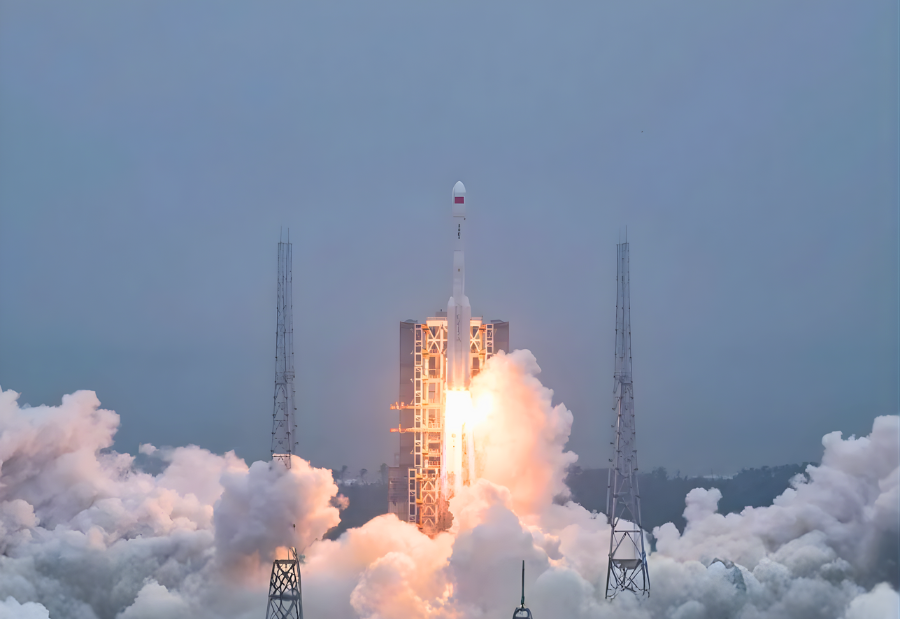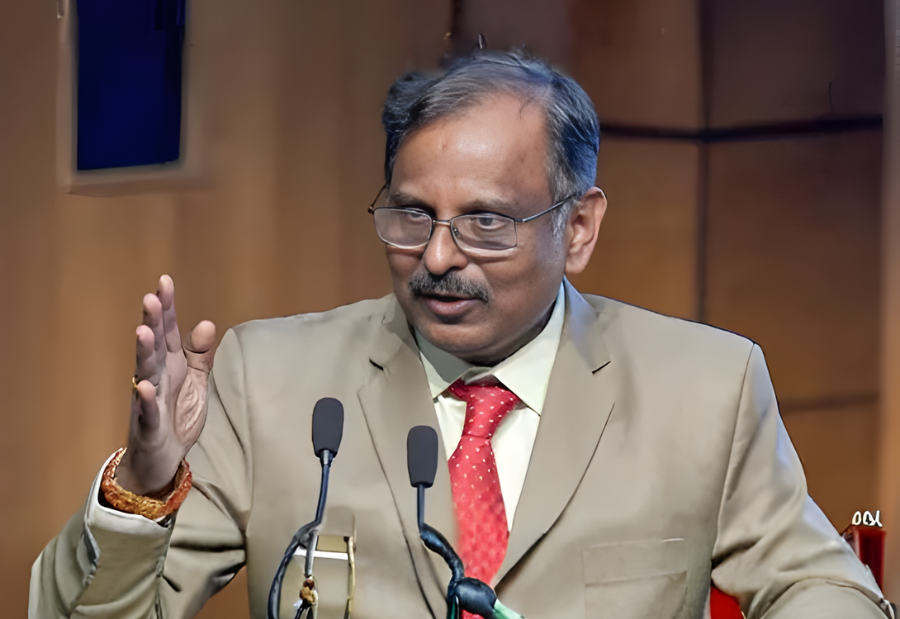China and India marked significant milestones in their space journeys on Sunday, with both nations successfully executing major satellite launches within hours of each other.
China’s Long March 7A rocket lifted off at 10:47 p.m. Eastern on November 2 from the Wenchang Satellite Launch Center in Hainan province, carrying the Yaogan-46 satellite. The China Aerospace Science and Technology Corporation (CASC) later confirmed the launch’s success and revealed the payload details. The satellite is expected to have entered a geosynchronous transfer orbit and will later move into geostationary orbit, positioned 35,786 kilometers above the equator.
Yaogan-46, developed by CASC’s China Academy of Space Technology (CAST), is designed for applications such as disaster prevention, land resource surveys, water management and meteorology. While officially described for civil uses, the Yaogan series is widely believed to serve military reconnaissance purposes, including optical imaging, radar surveillance and intelligence gathering.
This launch marks the first time the Long March 7 series has achieved five launches within a single year. The Long March 7A, which includes a cryogenic third stage, made its debut in 2020 after the base version’s introduction in 2016. Since its initial failure, the rocket has recorded ten consecutive successful flights. CASC said it aims to increase the launch rate to meet growing national and commercial demands, although the rocket has not yet replaced the Long March 3B for geostationary missions.
The mission followed China’s Shenzhou-21 crewed flight to the Tiangong space station earlier that week. The Yaogan-46 mission also marked China’s 68th orbital launch attempt of 2025, equalling its record for the highest number of launches in a single year. A new record is expected soon with an upcoming CAS Space Lijian-1 rocket launch on November 7, followed by a Long March 12 mission on November 10.
Earlier the same day, India achieved a major milestone with the successful launch of its CMS-03 communication satellite. The LVM-3 rocket lifted off at 06:56 a.m. Eastern from the Satish Dhawan Space Centre in Sriharikota. The 4,410-kilogram CMS-03 became the heaviest communication satellite ever launched into geosynchronous transfer orbit from India. The mission also marked the fifth operational flight of the LVM-3, which previously launched Chandrayaan-3 to the moon.
Once positioned in orbit, CMS-03 will enhance communication coverage for the Indian Navy across India and the surrounding oceanic regions, strengthening national defense and strategic command networks.
Also read: Viksit Workforce for a Viksit Bharat
Do Follow: The Mainstream formerly known as CIO News LinkedIn Account | The Mainstream formerly known as CIO News Facebook | The Mainstream formerly known as CIO News Youtube | The Mainstream formerly known as CIO News Twitter
About us:
The Mainstream formerly known as CIO News is a premier platform dedicated to delivering latest news, updates, and insights from the tech industry. With its strong foundation of intellectual property and thought leadership, the platform is well-positioned to stay ahead of the curve and lead conversations about how technology shapes our world. From its early days as CIO News to its rebranding as The Mainstream on November 28, 2024, it has been expanding its global reach, targeting key markets in the Middle East & Africa, ASEAN, the USA, and the UK. The Mainstream is a vision to put technology at the center of every conversation, inspiring professionals and organizations to embrace the future of tech.




